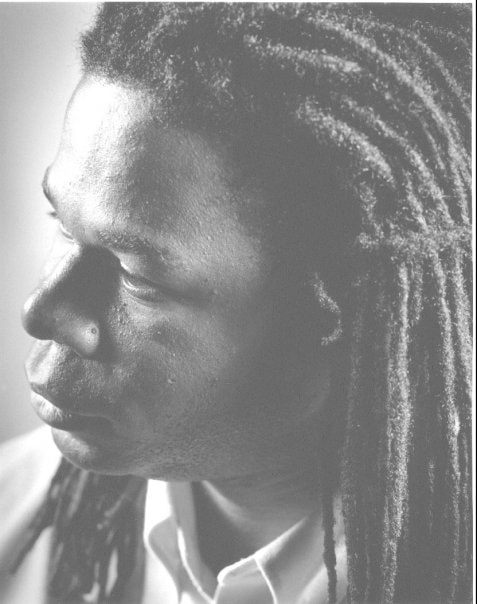The Blanke SlateJohn Blanke is a mystery.
We see him depicted at the Westminster Tournament Roll from 1511, the sole non-white face amongst a row of mounted trumpeters. His colleagues stare intently ahead, appearing to focus on their work. John blows his trumpet with his eyes flicked upwards perhaps in an expression of exasperation or maybe with boredom at never being able to escape his role as the King's 'blacke trumpete”. He alone wears a turban in contrast to the other trumpeters whose hair is unbound. John can never be anonymous. The little we know of what lies behind his strange expression deepens the mystery and seems to have set us a host of historical problems we've yet to resolve. His origins are unknown. We don't know if he came from west or north Africa. Did he arrive in the entourage of Catherine of Aragon in 1501 that of or another noble from the Iberian peninsula, or was he an independent traveller? Had he previously been employed in a court in northern Europe where the practice of having Africans as walking, talking objet's d'art had been long in fashion? Perhaps he may have ventured down from the Scotland where the presence of Moorish taubronars (drummers) was also a feature. Thereafter cliches abound. The details of John Blanke's life seem to set a template for comprehending and interpreting the African presence in Britain for centuries to come. John's image is the first representation of an historical Black person in Britain. He is both a musician and a servant in an 'elite' household. The figures of the Black entertainer and the black servant (male and female both turbanned) are stock characters in the narrative of Black British history. He is a Black man who not only marries a White English woman in 1512 but does so with King Henry VIII's apparent blessing and a gift of a 'gown of violet cloth' and a bonnet. Did John Blanke belong to a specialist cavalry unit as has been suggested? If so, then he can be safely placed at the beginning of a tradition of turbanned and befezzed Africans who would man British army regiments into the 20th century. But he is not enslaved. Here John Blanke steps from the shadow of stereotype. He was paid 8d (eight pence) per day by both King Henry VII and Henry VIII. Not only was he waged, he also bargained with King Henry VIII for a pay increase, beseeching him as a 'true and faithfull servant' to grant him pay equivalent to that received by a deceased co-worker. This action makes John the first Black (and successful!) petitioner. John Blanke remains a mystery, a blank slate onto which we project our duelling notions of blackness and Britishness. S. I. Martin
Author, Researcher, Journalist |
| The John Blanke Project | s i martin |
